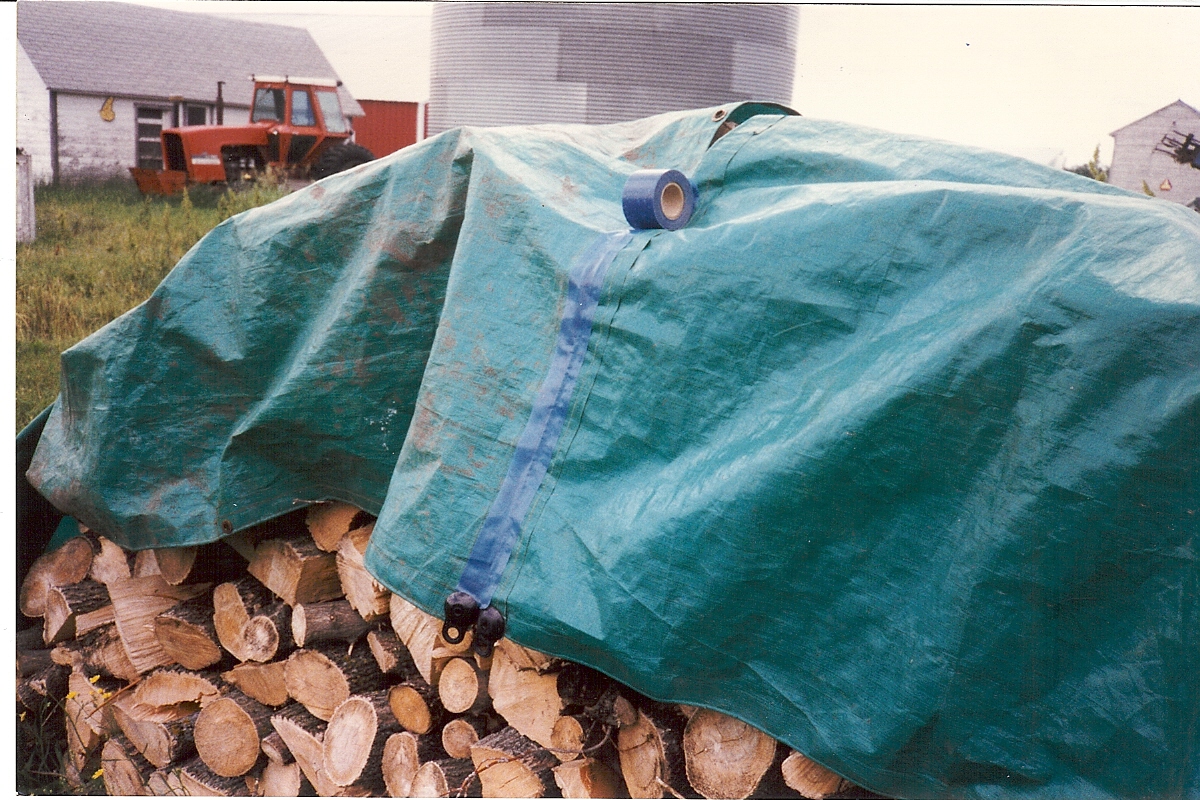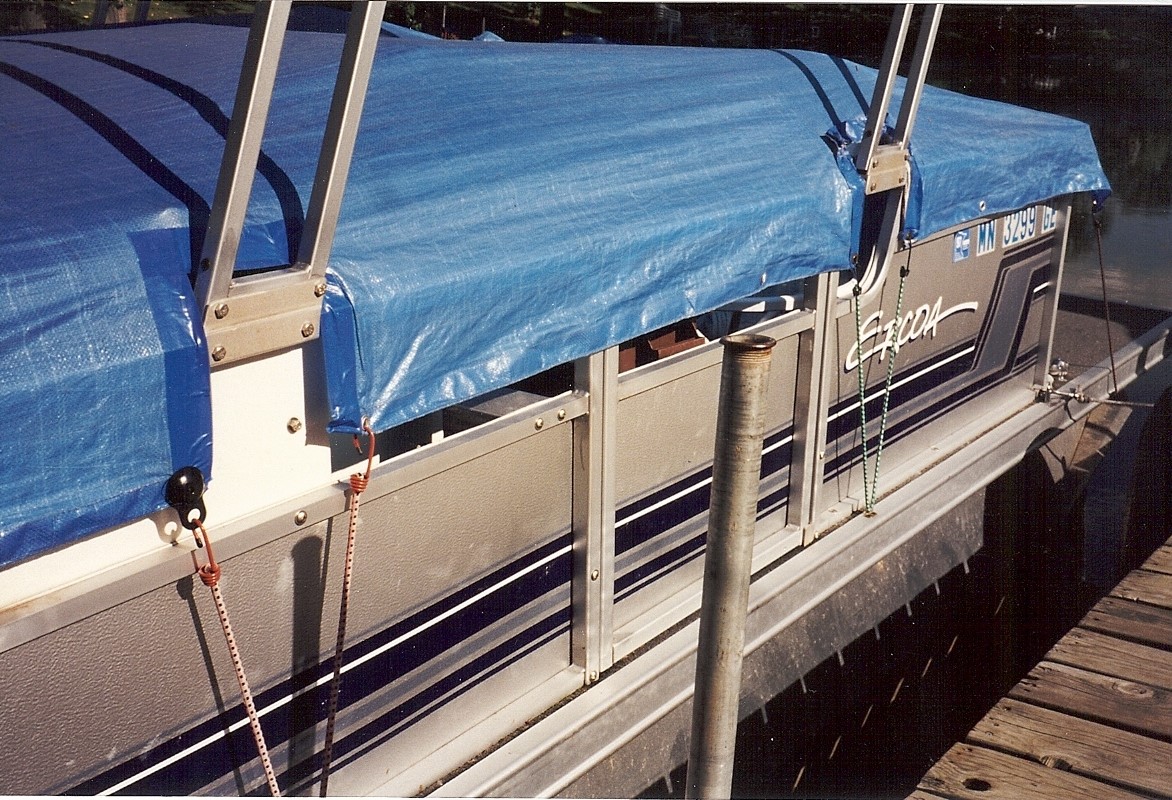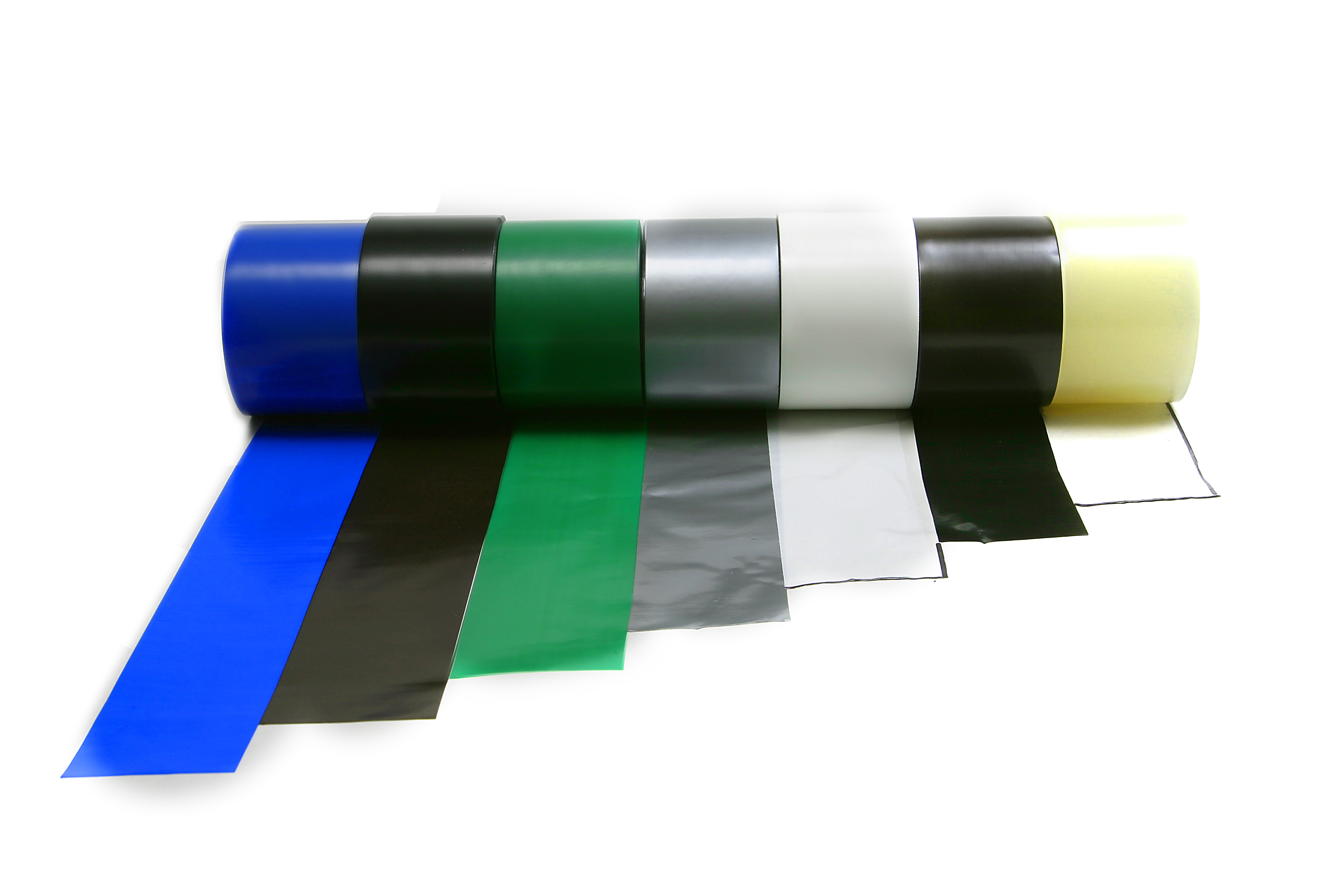29th Jan 2025
Whether you’re a camping fanatic, a keen gardener or a tradesperson, a tarp is one of the most useful pieces of kit you’ll own but that’s not to say it’s perfect. Occasionally you may have to mend or alter your tarp, so what do you do then?
Introducing tarp tape, the perfect way to fix or alter your tarpaulin. If you’re unsure what tarp tape is, what it’s used for or how to use it, we’ve answered a few useful FAQs for you below. Read on to find out everything you need to know about tarp tape.
What is tarp tape?
Tarp tape is a fabric-based tape with a strong adhesive that is designed to modify, join, reinforce and repair tarpaulins and other similar plastic materials.
What can you use tarp tape for?
Much like the tarpaulin itself, tarp tape is incredibly versatile. You can use tarp tape for:
- Altering your tarp
- Joining tarps together
- Repairing holes or tears in tarpaulins
How do you use tarp tape?
Tarp tape is versatile and easy to use. Simply draw the desired amount off the roll and apply to the surface of the material you want to bond.
If you’re repairing a tear in your tarpaulin, make sure the tarp tape covers the damage easily and that it has enough material to bond to. Alternatively, you can cover the tear with a patch and apply tape.
If you’re using tarp tape to join two tarpaulins, simply lay them next to each other and apply the tape being sure to equally distribute the adhesive surface between the two materials.

Is tarp tape waterproof?
Much like a tarpaulin, tarp tape is waterproof. In fact, tarp tape is built to handle adverse weather conditions including heat, rain, snow and wind.
This is especially useful if you have a tear in your monotex tarp or any other type of tarpaulin. Simply pop some tarp tape over the tear and you can preserve the integrity of your tarpaulin.
Is tarp tape UV resistant?
Yes, tarp tape is UV resistant. Unlike many other types of tape, which can lose their adhesiveness and bond through exposure to ultraviolet (UV) light, tarp tape is built to withstand UV radiation and sunlight.
Can I use duct tape instead of tarp tape?
While tarp and duct tape may look similar, because of their key differences, we always advise against using duct tape instead of tarp tape.
What’s the difference between tarp tape and duct tape?
Tarp tape is specifically designed to bond tarpaulin and similar materials, forming a near permanent bond almost immediately, while duct tape has more general application and isn’t as strong.
Tarp tape is UV and weather resistant whereas duct tape tends to be affected by adverse weather and will lose its adhesiveness.
What’s the difference between tarp tape and Gorilla tape?
While both tapes are similar, tarp tape specifically designed to bond and join tarp and plastic materials while Gorilla tape is more of a general-purpose adhesive tape. This means that while Gorilla tape may be used to repair tarps it isn’t perfect for this purpose, that’s where tarp tape comes in.
Is tarp tape available in different colours?
Tarp tape is available in many different colours including blue, black, silver, white, green or clear. We stock every colour you need to match our tarpaulins, keeping them looking as good as new even after they’ve been repaired or modified.
Do I need tarp tape?
If you answer yes to any of these questions then you’ll most likely need tarp tape:
- Do you have a tear in your tarpaulin sheet?
- Do you have damage to your tarp or similar plastic or vinyl material?
- Do you need to modify your tarp?
- Do you need to join two tarps together?
Need more advice on tarp tape?
We often get customers asking for advice on the best way to modify, mend or expand their tarps and more often than not, our solution is the same: tarp tape. If you need any more advice on tarp tape and how to use it, get in touch or check out our tapes here.



